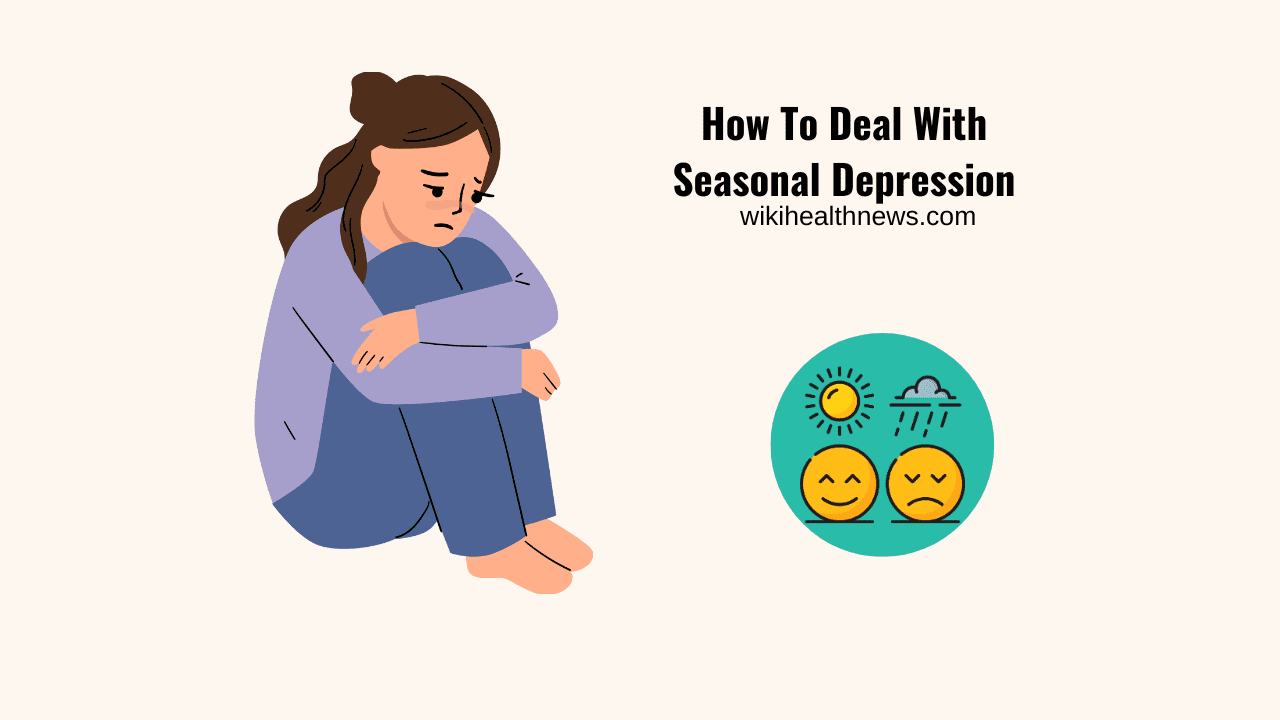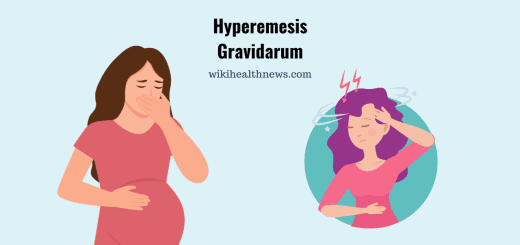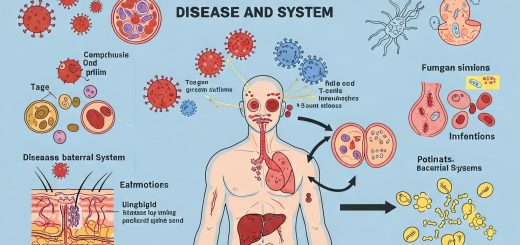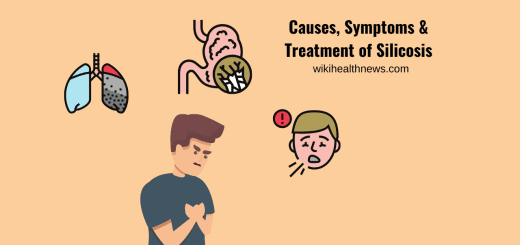Seasonal Depression and Effective Ways to Deal with It

Seasonal depression, also known as Seasonal Affective Disorder (SAD), is a type of depression that typically occurs during the fall and winter months when sunlight exposure is reduced. It’s a condition that affects millions of people worldwide, leading to feelings of sadness, low energy, and irritability. While this mood disorder is temporary, it can significantly impact one’s quality of life. Understanding its causes and symptoms, as well as learning effective coping strategies, is essential for managing seasonal depression.
What is Seasonal Depression?
Seasonal Affective Disorder (SAD) is a form of depression linked to changes in seasons, typically beginning in the fall and continuing into the winter. The exact cause of SAD is not entirely understood, but it is believed to be influenced by several factors, including reduced exposure to sunlight, changes in the body’s internal clock (circadian rhythms), and fluctuations in neurotransmitters like serotonin.
While seasonal depression can occur in any season, it’s most commonly associated with the colder months. During this time, people may experience feelings of deep sadness, fatigue, difficulty concentrating, changes in sleep patterns, and a lack of interest in activities they once enjoyed.
Symptoms of Seasonal Depression
Recognizing the symptoms of seasonal depression is crucial for seeking timely treatment. Common symptoms of SAD include:
- Persistent low mood: Feeling hopeless, sad, or “down” for extended periods.
- Fatigue: Feeling unusually tired or sluggish, even after adequate rest.
- Changes in sleep patterns: Either oversleeping (hypersomnia) or having difficulty falling or staying asleep.
- Social withdrawal: Losing interest in social activities or avoiding interaction with friends and family.
- Appetite changes: Craving carbohydrate-rich foods or overeating, leading to weight gain.
- Decreased concentration: Struggling to focus on tasks or feeling mentally foggy.
Causes of Seasonal Depression
Although the exact causes of SAD are still being studied, several factors are believed to contribute to its onset:
- Reduced sunlight exposure: During the winter months, shorter days and longer nights mean less exposure to natural light. This lack of sunlight can interfere with the production of serotonin, a neurotransmitter that regulates mood, and melatonin, which controls sleep-wake cycles.
- Disrupted circadian rhythms: The body’s internal clock, or circadian rhythm, may become misaligned during the darker months, affecting sleep, energy levels, and mood regulation.
- Vitamin D deficiency: Reduced sunlight exposure can lead to lower levels of vitamin D, which has been linked to depression. People with lower vitamin D levels are more prone to experiencing depressive symptoms.
- Genetic and environmental factors: Those with a family history of depression or bipolar disorder may be at a higher risk for developing SAD. Additionally, living in regions with long winters and limited sunlight can increase the likelihood of experiencing seasonal depression.
Ways to Deal with Seasonal Depression
If you or someone you know is struggling with seasonal depression, it’s essential to adopt strategies that help alleviate the symptoms and improve overall well-being. Here are several effective ways to manage SAD:
1. Light Therapy (Phototherapy)
One of the most common treatments for seasonal depression is light therapy, which involves exposure to bright, artificial light that mimics natural sunlight. Light therapy can help regulate circadian rhythms, improve mood, and boost serotonin production.
It is usually done using a lightbox that provides 10,000 lux of light for about 20-30 minutes each morning. This treatment is most effective when started early in the season, ideally before symptoms begin to worsen. Always consult with a healthcare provider before starting light therapy to ensure it’s right for you.
2. Spend Time Outdoors
Even though the weather can be cold and dreary, try to spend as much time outside as possible during the winter months. Exposure to natural light, even for just 20-30 minutes a day, can be incredibly beneficial for managing SAD. Going for a walk, sitting in a park, or simply stepping outside to get fresh air can help boost serotonin levels and improve mood.
If outdoor time is limited due to weather, consider taking breaks throughout the day to step outside during daylight hours, even if it’s just for a short period.
3. Exercise Regularly
Exercise is a powerful tool for combating depression, including seasonal depression. Physical activity helps release endorphins, the brain’s natural “feel-good” chemicals. Regular exercise can increase energy levels, improve mood, and reduce feelings of sadness and anxiety.
Even low-intensity activities like walking, yoga, or stretching can have a positive impact on mental health. Aim for at least 30 minutes of exercise most days of the week to reap the benefits.
4. Maintain a Healthy Diet
Nutrition plays a critical role in mental health, and the winter months are no exception. A diet rich in fruits, vegetables, whole grains, and lean proteins can help support brain health and regulate mood. Foods that are high in omega-3 fatty acids, such as salmon, walnuts, and flaxseeds, have been shown to improve symptoms of depression.
Additionally, make sure you’re getting enough vitamin D, which can be challenging during the winter. Foods like fortified milk, egg yolks, and mushrooms can help, but consider taking a supplement if necessary, after consulting with your doctor.
5. Cognitive Behavioral Therapy (CBT)
Cognitive Behavioral Therapy (CBT) is a form of psychotherapy that helps individuals recognize and change negative thought patterns and behaviors that contribute to depression. CBT has been shown to be effective in treating seasonal depression by helping individuals develop healthier coping mechanisms and address the underlying thoughts that may exacerbate feelings of sadness and hopelessness.
Working with a therapist can help you manage emotions more effectively and equip you with the tools to handle seasonal shifts in mood.
6. Stay Connected
During the winter months, it can be easy to withdraw from social activities, but staying connected with friends and loved ones is crucial for managing seasonal depression. Isolation can worsen symptoms of depression, so make an effort to engage in social interactions, even if it’s just a quick chat with a friend or family member.
Joining a community group, taking a class, or participating in virtual events can also help combat feelings of loneliness.
7. Create a Routine
Maintaining a consistent daily routine can help stabilize mood and provide structure during the darker months. Try to wake up and go to bed at the same time each day, eat regular meals, and schedule time for self-care and relaxation. Having a predictable routine can provide a sense of control, even when external factors feel overwhelming.
8. Consider Medication
For some individuals, medication may be necessary to manage seasonal depression effectively. Antidepressant medications, such as selective serotonin reuptake inhibitors (SSRIs), may help regulate mood and serotonin levels. Always consult with a healthcare provider to discuss whether medication is appropriate for your situation.
Conclusion
Seasonal depression, or Seasonal Affective Disorder (SAD), is a real and challenging condition that affects many individuals during the fall and winter months. However, there are various ways to cope with and manage SAD, including light therapy, regular exercise, maintaining a healthy diet, staying connected with loved ones, and seeking professional help when needed. By adopting a holistic approach and taking proactive steps to address the condition, you can minimize the impact of seasonal depression and improve your overall well-being.
If you are experiencing symptoms of SAD, don’t hesitate to seek help. With the right support and strategies, you can navigate the challenges of the season and maintain a positive outlook.
Read more











